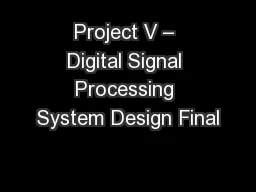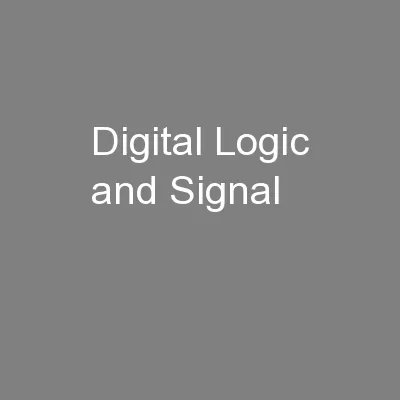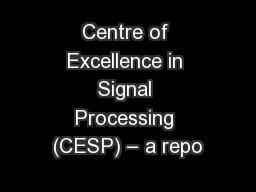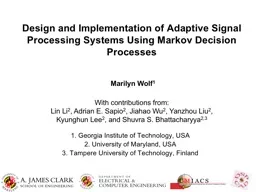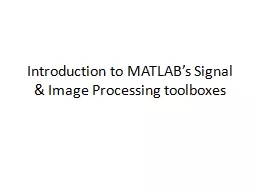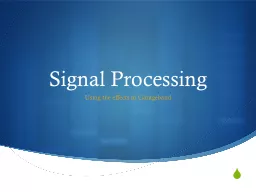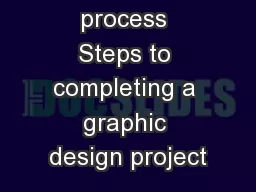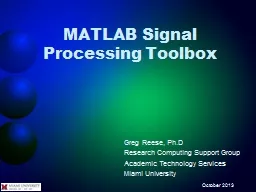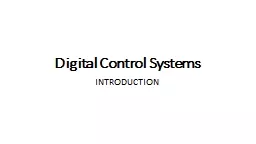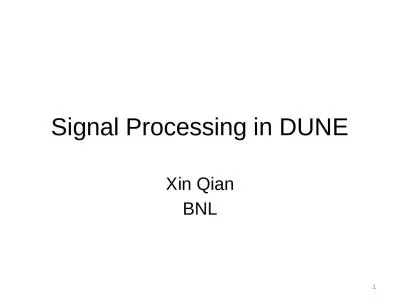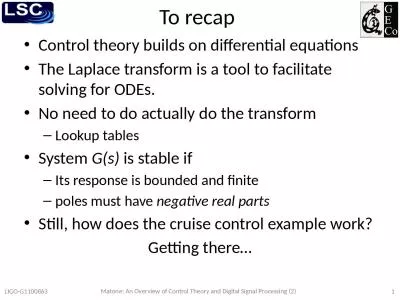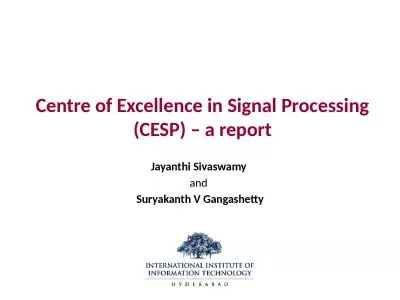PPT-Project V – Digital Signal Processing System Design Final
Author : kittie-lecroy | Published Date : 2016-07-30
project Guitar Effects Joshua Rock Star Jenkins Jeff Tremolo Smith Jairo the boss Rojas Table of contents Typical Guitar Effects Pipeline Classifying Effects for
Presentation Embed Code
Download Presentation
Download Presentation The PPT/PDF document "Project V – Digital Signal Processing ..." is the property of its rightful owner. Permission is granted to download and print the materials on this website for personal, non-commercial use only, and to display it on your personal computer provided you do not modify the materials and that you retain all copyright notices contained in the materials. By downloading content from our website, you accept the terms of this agreement.
Project V – Digital Signal Processing System Design Final: Transcript
Download Rules Of Document
"Project V – Digital Signal Processing System Design Final"The content belongs to its owner. You may download and print it for personal use, without modification, and keep all copyright notices. By downloading, you agree to these terms.
Related Documents

